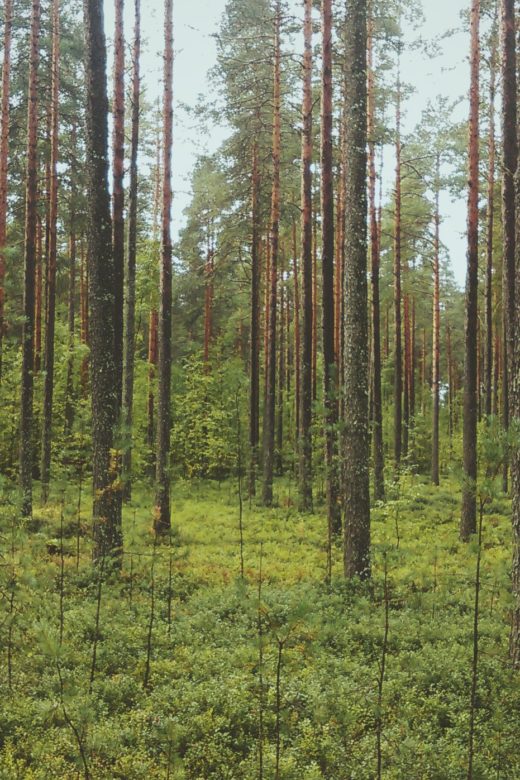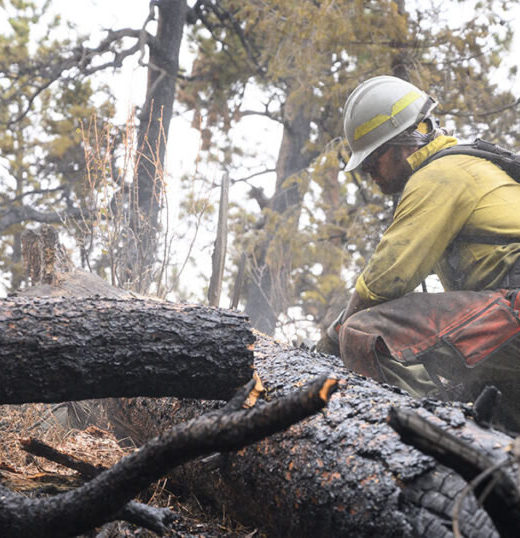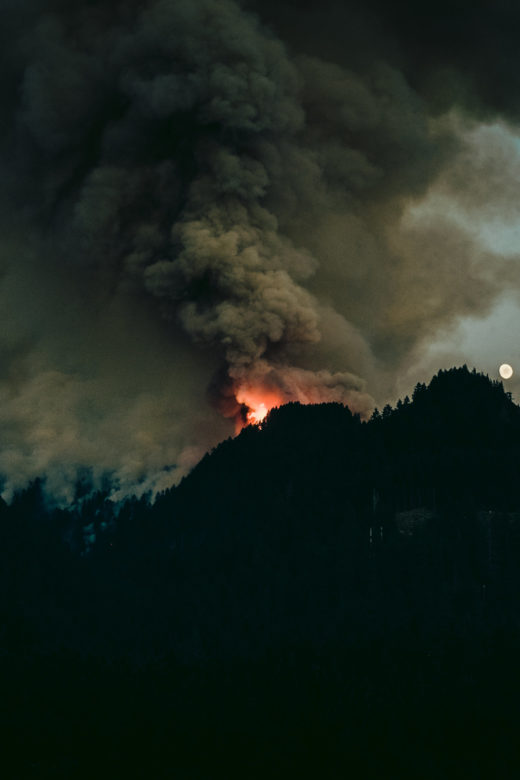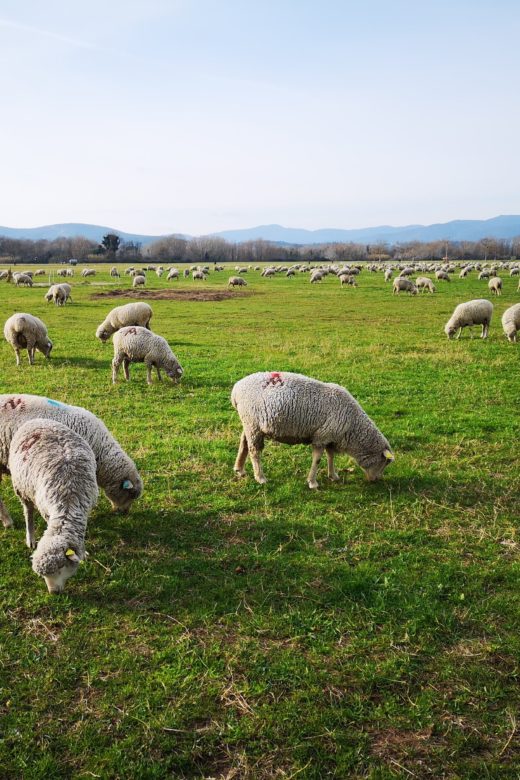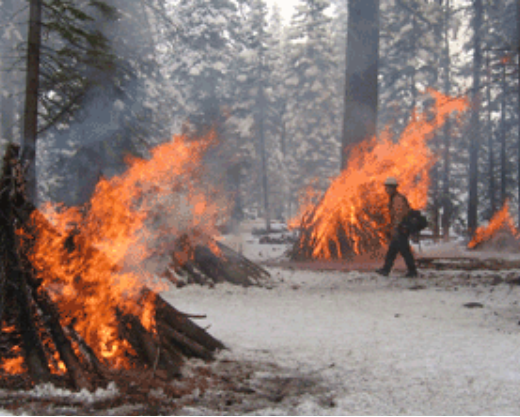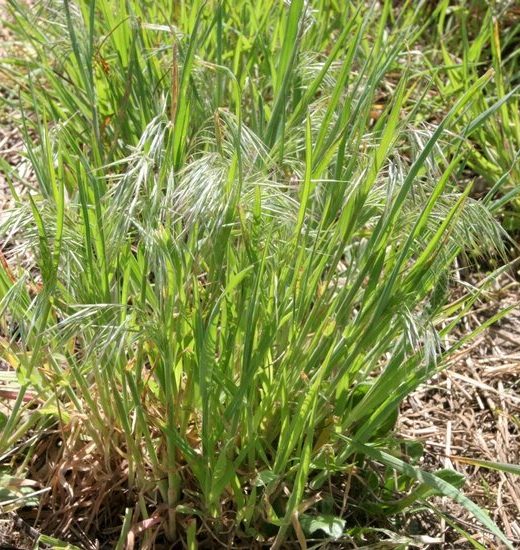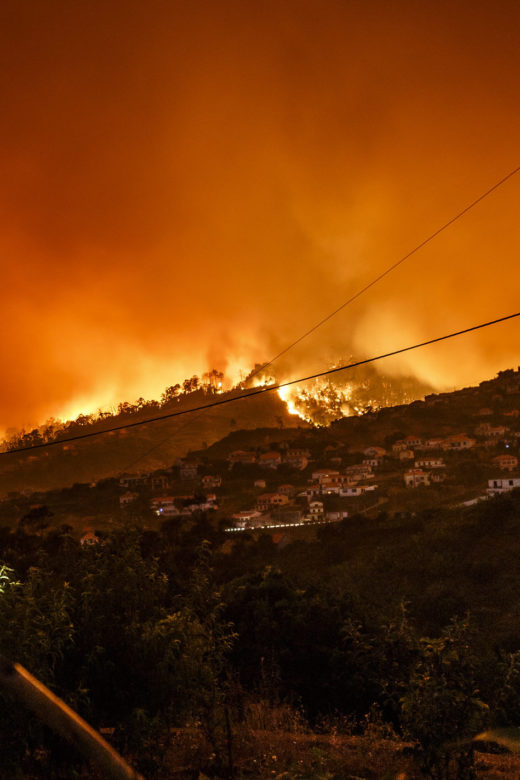Wildfires on public lands in the United States are increasing in size and frequency over time. Government agency post-fire …
Mapping Fuels for Regional Smoke Management and Emissions Inventories Final Report
View the full report hereAbstract: Fuels are highly variable and dynamic in space and time, and fuel loading can vary considerably …
Epidemic model shows how COVID-19 could spread through firefighting camps
With a busy fire season already upon us, researchers at Colorado State University (CSU) looked into the potential for a massive …
Continue Reading about Epidemic model shows how COVID-19 could spread through firefighting camps
Wildfire Response Performance Measurement: Current and Future Directions
Abstract: The Forest Service, U.S. Department of Agriculture, defines success in the wildland fire response environment as “safely …
Continue Reading about Wildfire Response Performance Measurement: Current and Future Directions
Targeted Grazing – A Collection of Resources
A collection of resources from the Great Basin Fire Science Exchange including tools and resources for planning and implementing …
Continue Reading about Targeted Grazing – A Collection of Resources
Hazardous Fuels Reduction Using Flame Cap Biochar Kilns
Fact sheet for making small-batch biochar yourself from Utah State University. This tool can be used reduce hazardous fuel loading …
Continue Reading about Hazardous Fuels Reduction Using Flame Cap Biochar Kilns
A Potential New Herbicide for Invasive Annual Grass Control on Rangeland
Abstract: Downy brome (Bromus tectorum L.), a winter annual grass, is considered one of the most invasive non-native rangeland …
Continue Reading about A Potential New Herbicide for Invasive Annual Grass Control on Rangeland
Reducing Wildfire Risk in the Wildland-Urban Interface: Policy, Trends, and Solutions
Increasing home development in wildfire-prone areas, coupled with climate change, are exacerbating wildfire risks to many …

